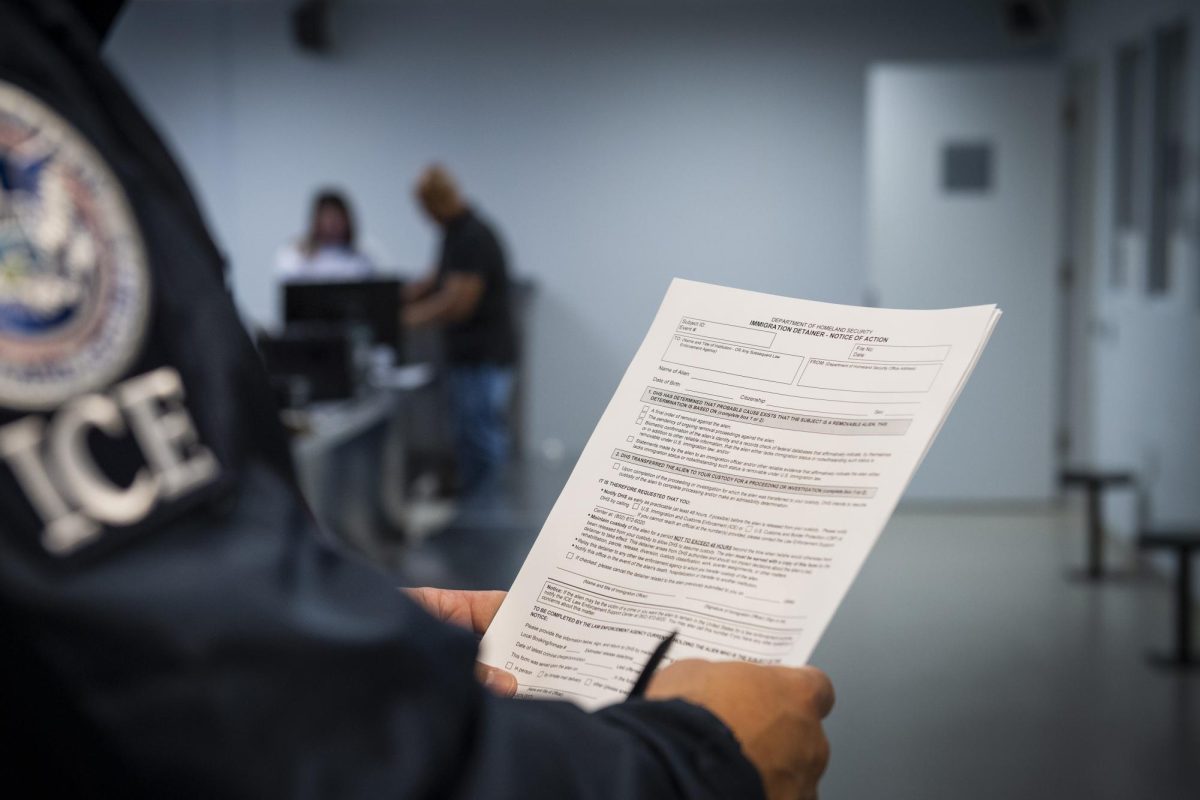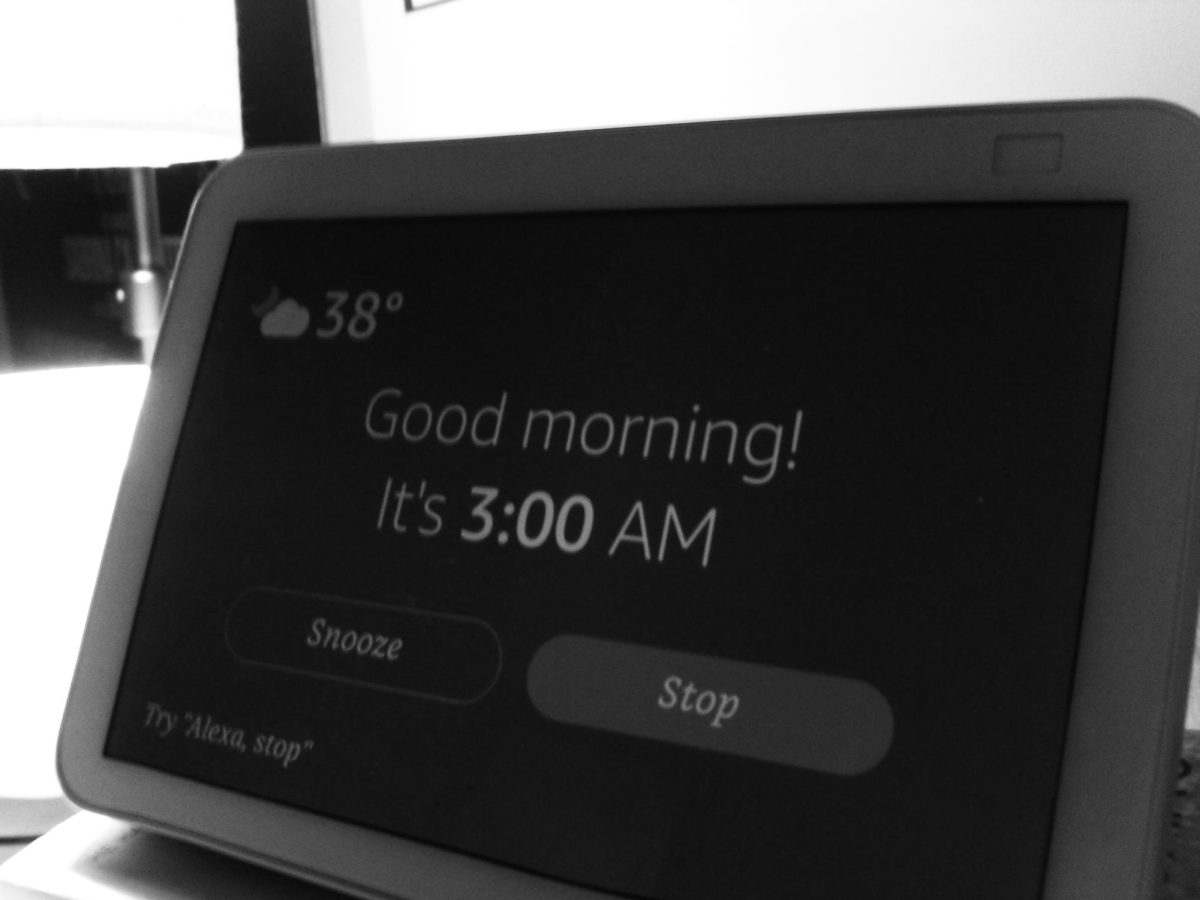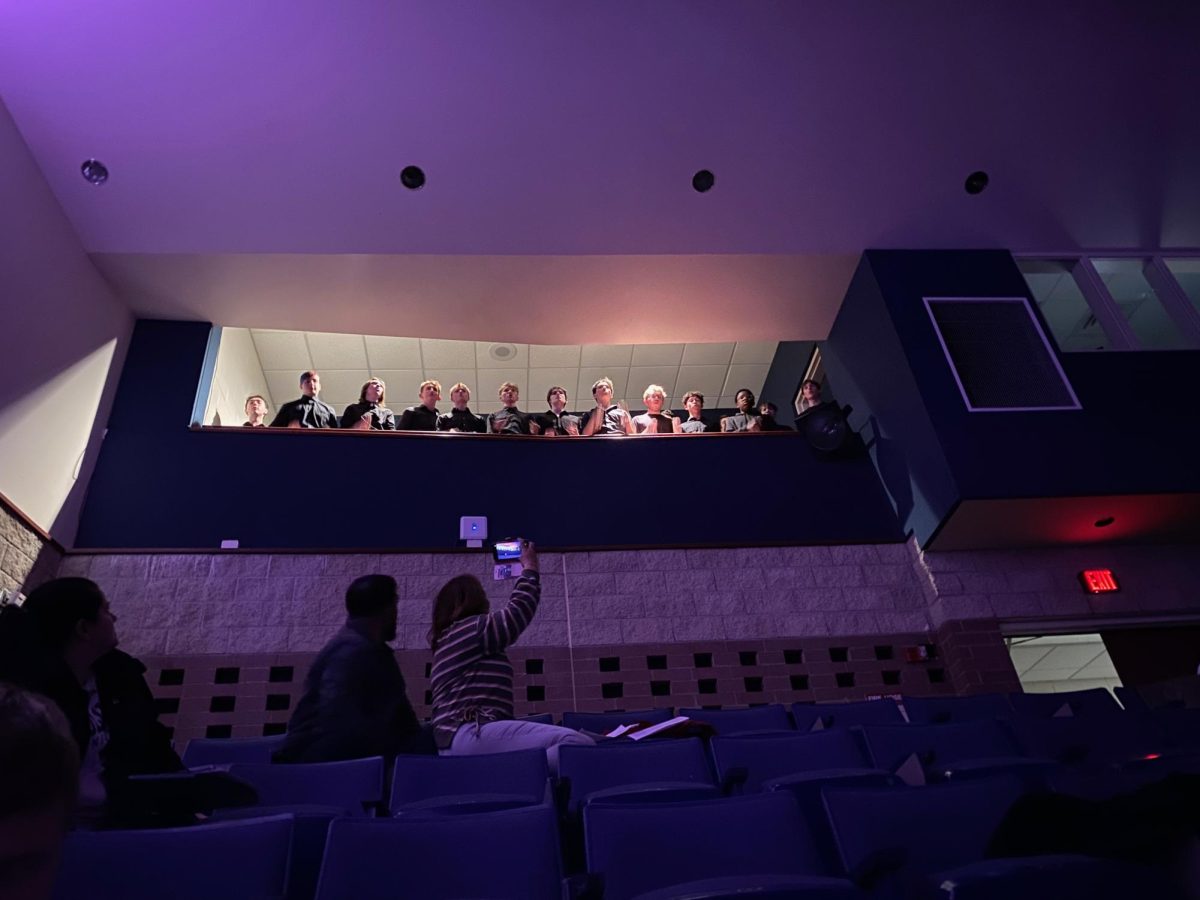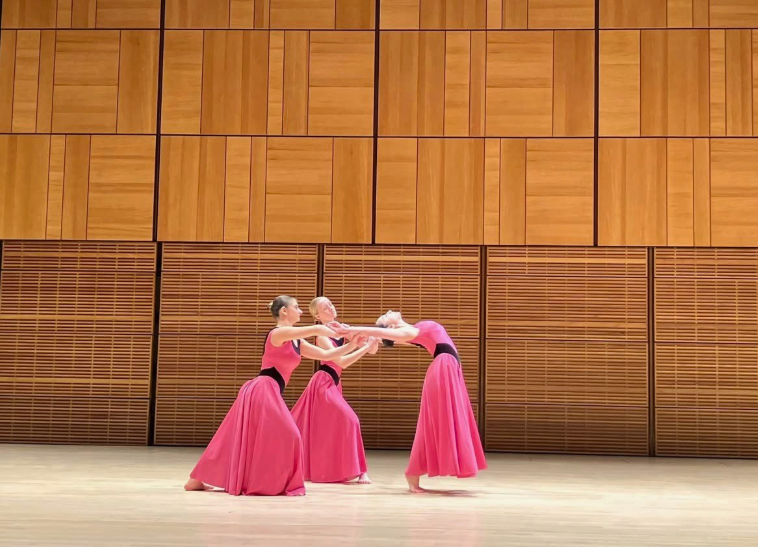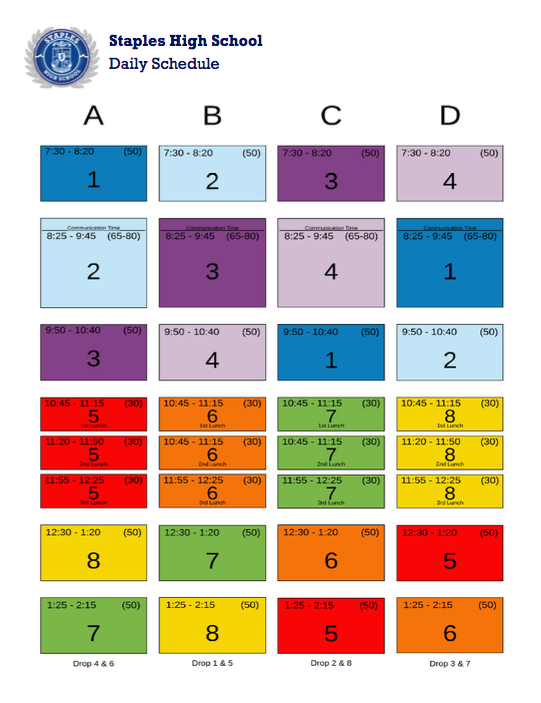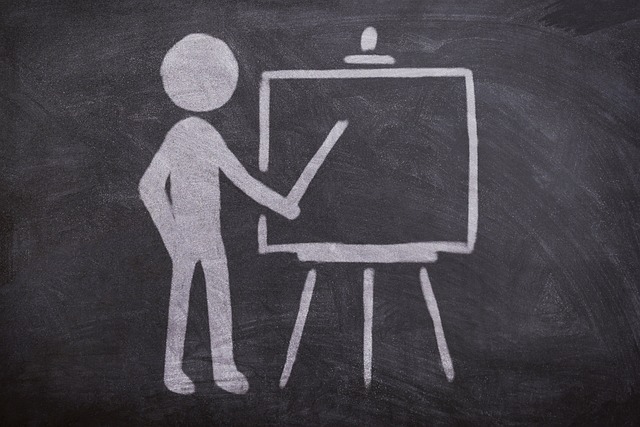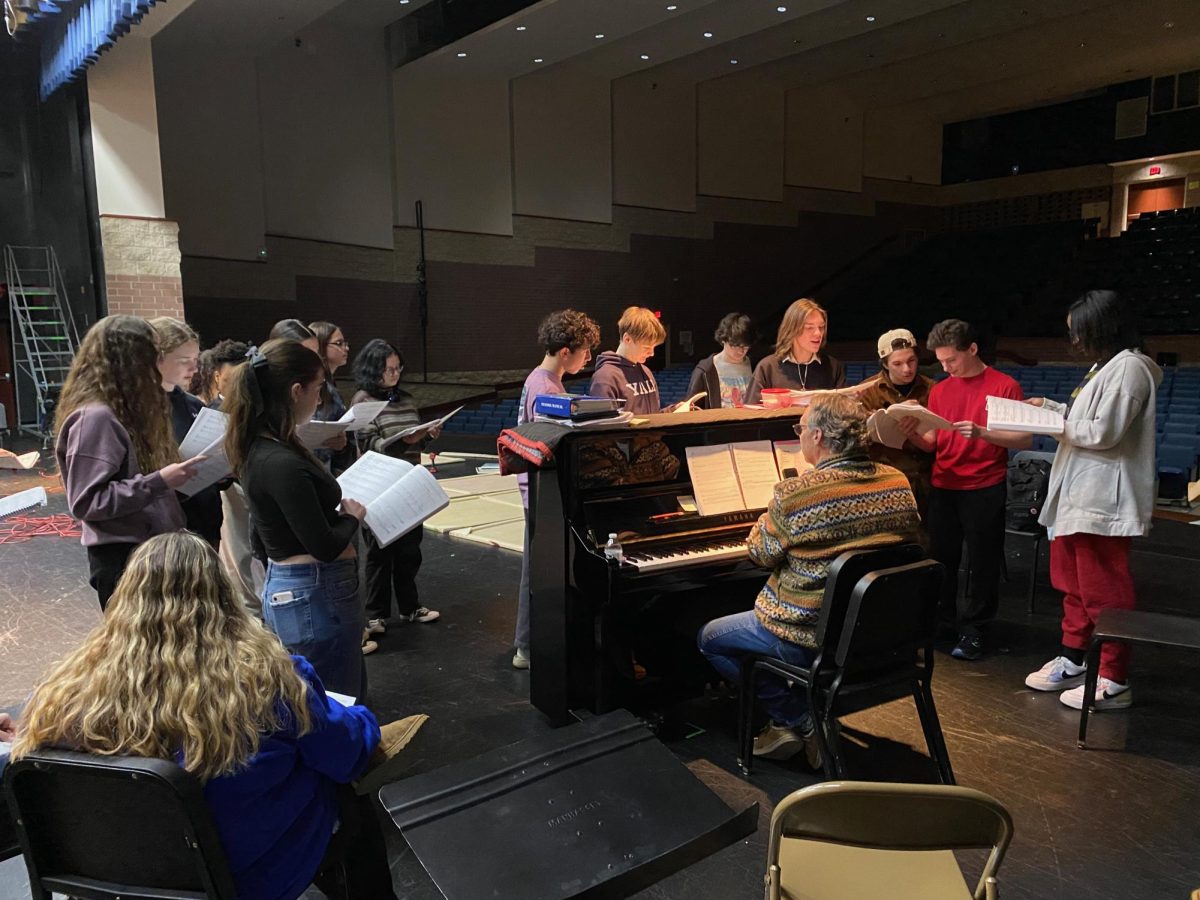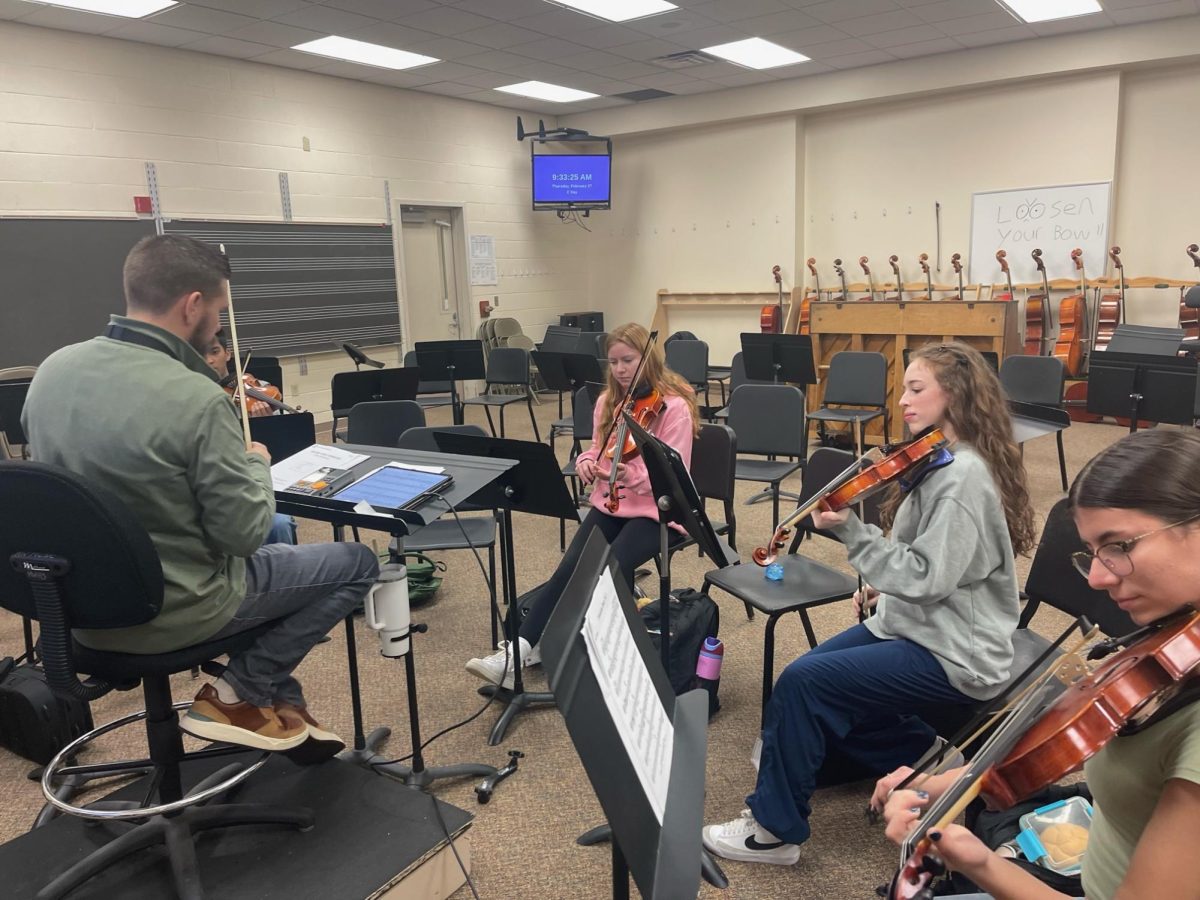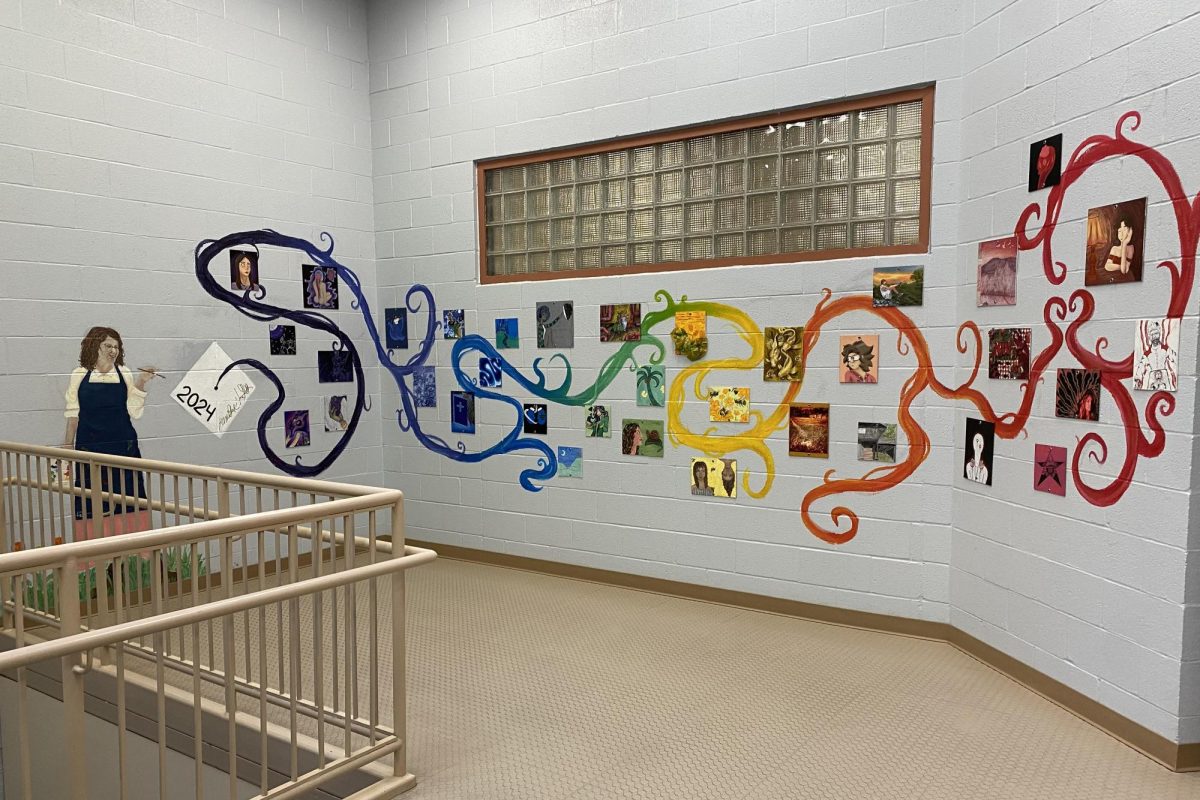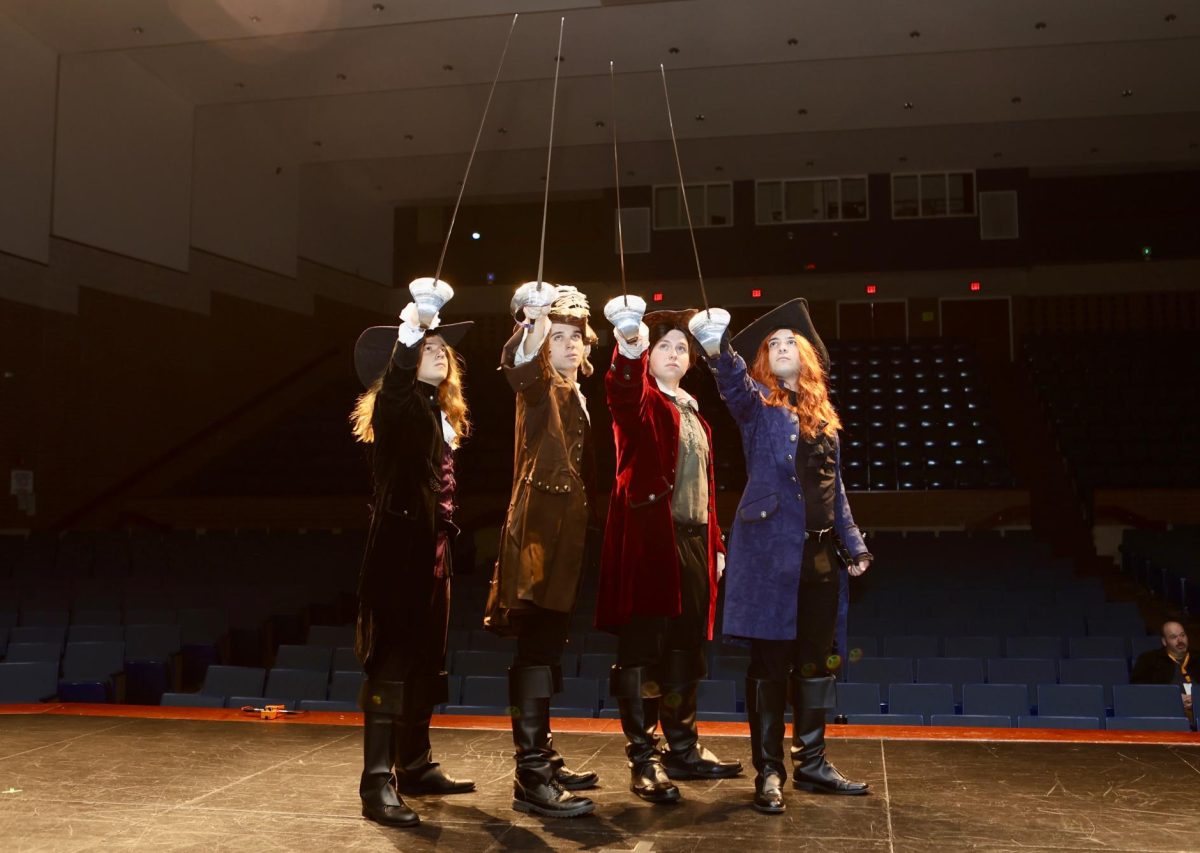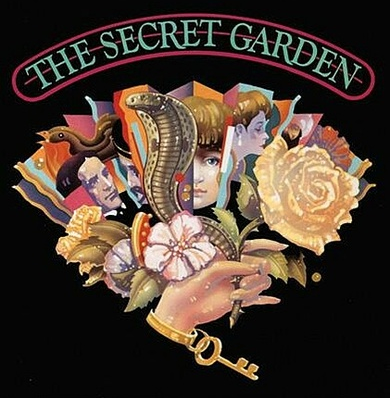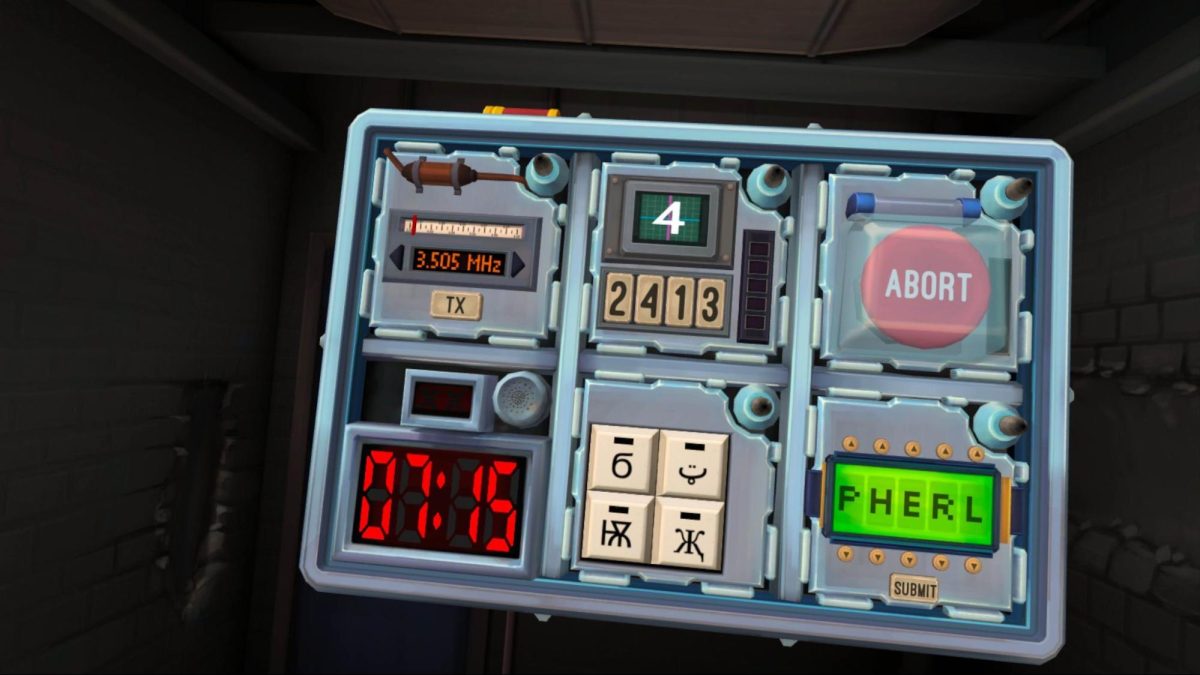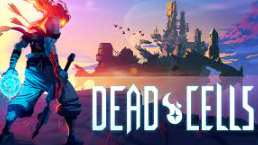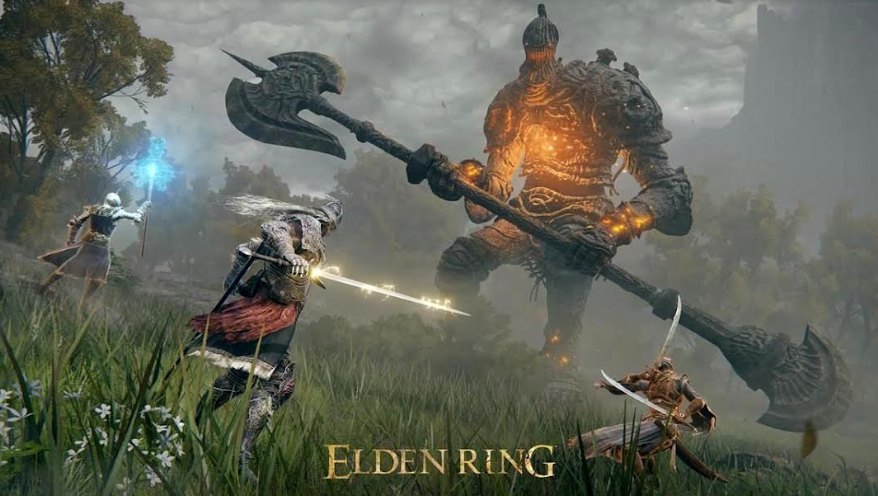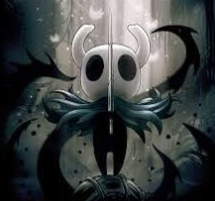Sekiro: Shadows Die Twice – Game Review
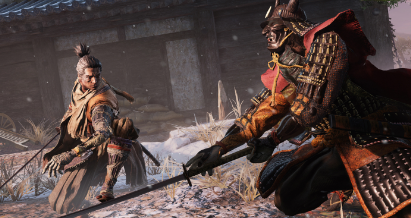
June 16, 2023
“Sekiro: Shadows Die Twice” is an Action-Adventure game created by FromSoftware, and many believe it to be their hardest and most unique game yet. And that’s saying something since FromSoftware is known for making extremely difficult games such as the Dark Souls trilogy and Elden Ring. However, unlike some of their previous titles “Sekiro” is entirely single-player. With the minor exception of being able to leave little recorded movements as messages to help out other players. Due to the nature of the game, it’s hard to describe it in detail without giving away details; however, the things I do reveal will happen roughly within the first thirty minutes of the game anyway. So they aren’t that much of a spoiler.
Starting out
In “Sekiro”, you play as a shinobi named “Wolf,” who via dragonblood has been given the ability to resurrect by using the lifeforce of other creatures. You can’t use this ability right away, but you’ll unlock it as you play throughout the game. When you start you find yourself in a ruined fortress, seemingly dead. But an unknown figure from above drops a letter, telling you that your destiny awaits in a moonlit tower, and that even without a sword you can reach it. After a brief stealth sequence, you meet Kuro. Who is much younger than you are but apparently is your master. Kuro gives you your sword, Kusabirmaru. After a brief combat tutorial, in classic FromSoftware fashion, the game throws you into an extremely powerful bossfight that you are not ready for in the slightest. And as such your arm is promptly cut off. This is righted however when the sculptor finds you and gives the shinobi prosthetic and a scroll of techniques. Now you can start upgrading yourself.
Epic training montage!
In terms of making yourself stronger, this game doesn’t have much to offer in terms of direct upgrades. You can increase your damage by defeating major bosses. And you can increase your vitality (health) and posture by collecting prayer beads from chests and minor bosses. You can also eat items called sugars to increase your stats for a short time. You can technically get an infinite amount of these sugars by collecting spirit falls. But be careful, they are guarded by powerful apparitions of their former owners. And you have to fight them if you want to acquire these potent items. Most of your upgrades will come from skills, shinobi tools, and just getting better at the game. Skills can be unlocked by using skill points. Killing enemies and bosses will progress you toward your skill point but dying will half the amount of progress you’ve made. Earned skill points however cannot be lost until spent, and most skills cost more than one point to learn. Shinobi tools must be crafted by the player. You can make them by finding their base components and bringing them to the sculptor. Shinobi tools range from a small rusted sword, capable of poisoning enemies, to a metal umbrella that you can use to deflect enemy attacks with ease. Once you unlock these tools you can upgrade them by finding crafting materials on defeated enemies or around the world, upgrading these skills will give them additional abilities. Like allowing you to spin the metal umbrella to deflect enemy attacks while it’s active, or to allow the shuriken to hit the same enemies multiple times. Using these abilities, along with the spiritfalls mentioned earlier, require spirit emblems to use. These can be purchased from sculptors’ idols, which serve as checkpoints and rest spots, for 10 yen each. Some items use more than one, and you can also get them by defeating enemies and bosses.
Combat, Fighting, and how to do it.
Combat in “Sekiro” is less based on health, and more based on posture. Posture will go down from attacking an enemy, even if they’re blocking. Filling an enemy’s posture bar will posture break them, allowing you to perform a deathblow. Deathblow can proc certain skills that do things like grant you some health back on a successful deathblow. Some enemies (mostly bosses) require multiple deathblows to defeat. Deathblows can also be dealt from stealth. Meaning if you’re fighting a boss in an open area instead of an enclosed arena, you can get the drop on them and start the fight with them needing one less death blow to defeat than they normally would. This only works on some field bosses, as most bosses will force you to fight them head-on in a set arena. So this tactic shouldn’t be relied on too much. But used when possible. This ability to be able to take various angles to a fight adds a lot of variety to the game and can help give less experienced players an edge in certain situations. Some bosses and enemies also have weaknesses that can be exploited. For example, hitting an agile or airborne enemy with a prosthetic shuriken will stun them. Allowing you to either get some hits in or deal a death blow. Lightning attacks can only be deflected if you’re airborne, otherwise, the lightning will ark through your body and freeze you in place. Some enemies practically require you to use these tactics to fight them. Like the ghastly headless. Which can’t take any damage towards their health unless you’re using divine confetti. Quite a rare item that only lasts for up to 45 seconds. Though it is still possible to posture and break them if you can deal damage rapidly enough.
Now. With this prominent posture-breaking mechanic you may be wondering why enemies even have health bars. This is due in part to the way posture regeneration works, and it works the same for enemies and the player. The lower an enemy’s health, the slower their posture will regenerate. Some enemies regenerate posture extremely fast, and you need to lower their health first before you can focus on their posture. You and enemies alike will regain posture while in a guarded stance.
Death and Item Recovery
In classic FromSoftware fashion. When you die in “Sekiro.” You lose your yen (money) and experience progress toward your next level. You only lose half of each when you die, but there’s no direct way to recover what has been lost. Unlike games like “Elden Ring” where you can return to the spot where you died and pick up your money. In “Sekiro” you have this mechanic called unseen aid. It starts as a flat 30% chance to not lose any money or experience when you die. However, repeated deaths will cause NPC’s in the world to develop dragonrot. This not only makes you feel like a terrible terrible person, but it lowers your chances of receiving unseen aid. There is a cure however, you can cure dragonrot from all npc’s by using a dragon blood droplet at a rest point. This will reset your unseen aid chance to 30%. But you can only do this so many times before you run out of droplets. NPC’s don’t die from dragonrot, and merchants will still sell items if they are afflicted, but you won’t be able to progress an NPC’s storyline if they have dragonrot. The best times I’ve found to cure dragon rot is after you beat a big boss and have new areas to just explore, or if you desperately want to progress a NPC’s quest line. Lore-wise, death and respawning is quite interesting. Your character can draw on the life of enemies to resurrect yourself. You get the energy to resurrect yourself from defeating enemies. If you don’t have enough energy, however, you still respawn. Just back at the last checkpoint instead of the location where you died. But instead of drawing on the energy of enemies, you draw on the life of the characters you’ve met on your journey. This drawing of life force afflicts them with dragonrot.
Parkour: Jumping!
The platform in “Sekiro” is very in-depth. You not only have a grappling hook, but you can wall jump, hang off ledges, jump off walls, slide and so much more. There is a good pile of platforming sections in “Sekiro”, and I’ve found them quite fun. One of them is a fortress inside a deep trench. Where all the enemies have muskets and try to shoot you out of the air as you run around. I have run through this section recently. I couldn’t do it at first, and then I unlocked a skill that allows me to deflect in mid-air, this skill is made with the sole purpose of counter-ranged enemies. This is important because any of your enemies’ weaknesses you can exploit, they can also exploit against you. If an enemy hits you in mid-air it will do extra damage. And if your blocking enemies can use unblockable attacks.
Closing Remarks
All in all, “Sekiro” is a fantastic (and very difficult) game. The combat is very in-depth and challenging and I’d highly recommend this game if you’re bored over the summer. FromSoftware has yet to disappoint me. Solid 8.5/10.

